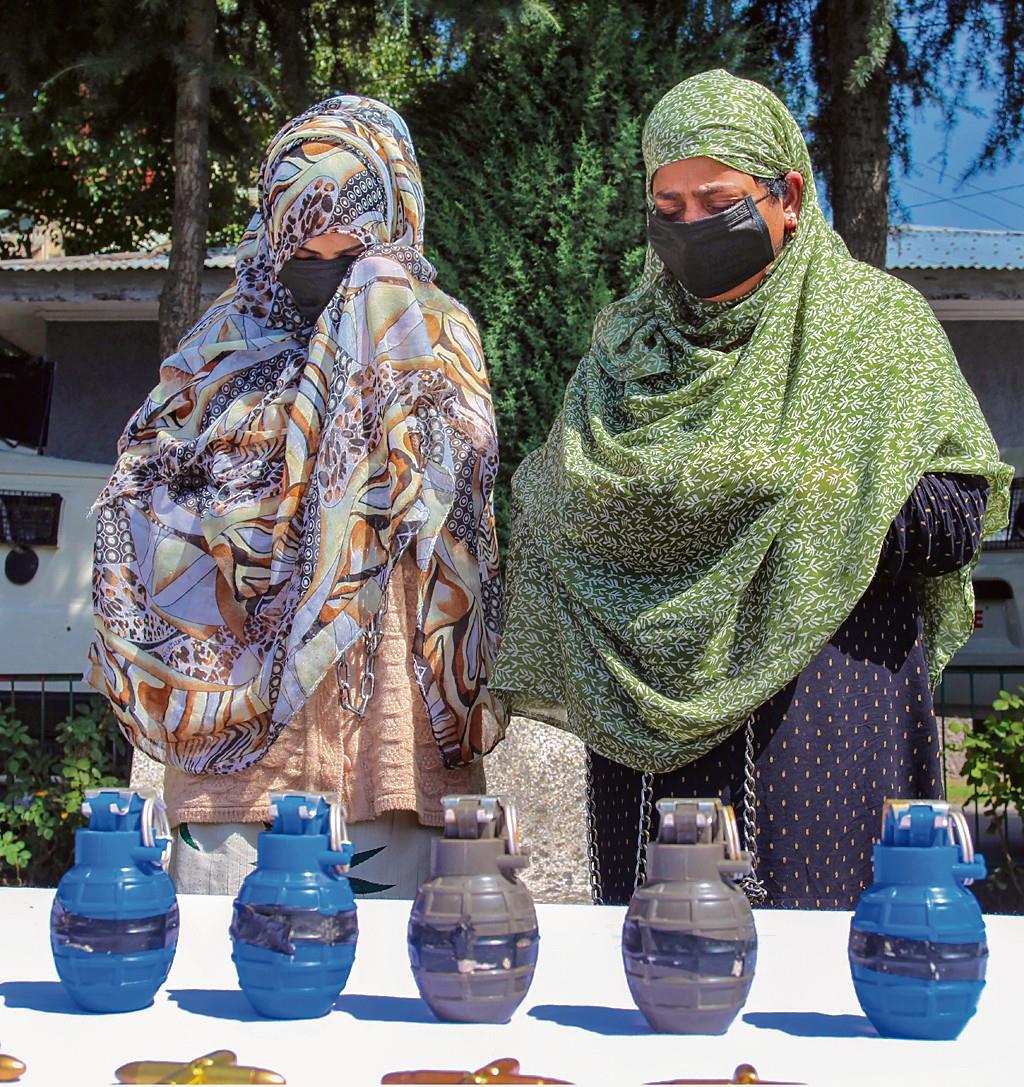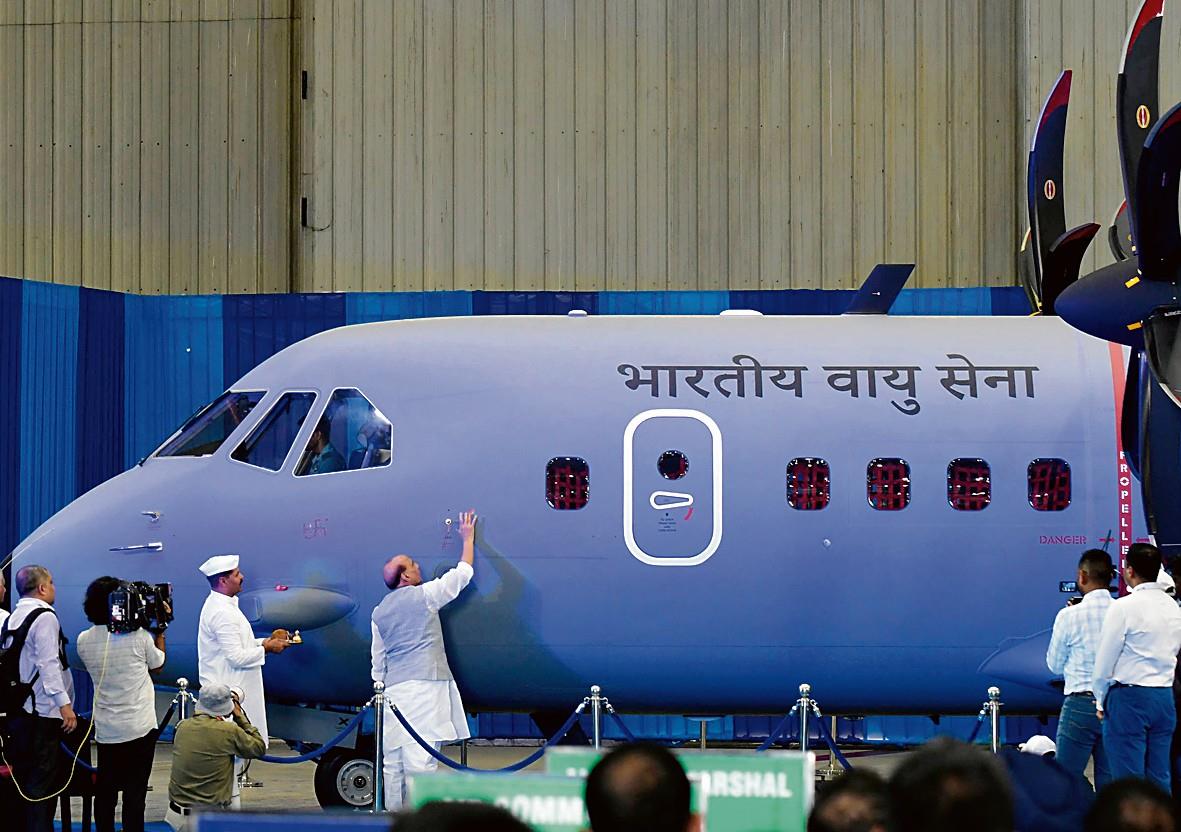President Yoon Suk Yeol says if North Korea uses nuclear weapons, its regime will be brought to an end by an overwhelming response
Seoul, September 26
South Korea’s president vowed to retaliate immediately against any potential provocations by North Korea in his Armed Forces Day speech on Tuesday, as thousands of troops prepared to march through the capital in the country’s first such military parade in 10 years.
The show of force comes as concerns grow that North Korea is seeking Russian help in expanding its nuclear arsenal in return for supplying Moscow with conventional arms exhausted by its war with Ukraine.
“Based on battle-ready combat capabilities and a solid readiness posture, our military will immediately retaliate against any North Korean provocation,” President Yoon Suk Yeol said at a ceremony after reviewing soldiers and advanced conventional weapons systems at a military airport near Seoul.
“If North Korea uses nuclear weapons, its regime will be brought to an end by an overwhelming response” from the South Korean-US alliance, he said.
Yoon said he would strive to build “a strong military that instills fear in the enemy.”
Later Tuesday, about 4,600 South Korean soldiers, accompanied by more than 300 US combat troops, were to parade through the streets of Seoul along with tanks, missiles and other weapons to display their readiness. South Korea last held such a parade in 2013.
Worries about North Korean-Russian military ties flared earlier this month when North Korean leader Kim Jong Un travelled to Russia’s far eastern region to meet with President Vladimir Putin and visit key military sites.
North Korea reportedly wants to receive Russian technologies to help its development of spy satellites, nuclear-propelled submarines and powerful long-range missiles. Such weapons would pose a major security threat to South Korea and the US.
Yoon didn’t mention North Korean-Russian ties in his speech Tuesday. But in an address to the UN General Assembly last week, he said South Korea “will not sit idly by” if North Korea and Russia agree to such weapons deals in violation of UN Security Council resolutions that ban all weapons trading with North Korea.
US officials have also said that North Korea and Russia would face consequences if they go ahead with such deals.
Also Tuesday, senior diplomats from South Korea, Japan and China met in Seoul to discuss the first summit of their leaders in four years, according to South Korean officials.
Yoon said last week that Chinese Premier Li Qiang and Japanese Prime Minister Fumio Kishida had expressed their support for a trilateral summit in South Korea.
Yoon’s moves to strengthen South Korea’s military alliance with the US and boost Seoul-Washington-Tokyo security cooperation have caused concerns that Seoul’s relations with China, its biggest trading partner, will be undermined. But Yoon says Seoul-Washington-Tokyo cooperation won’t marginalize any particular nation.



































































